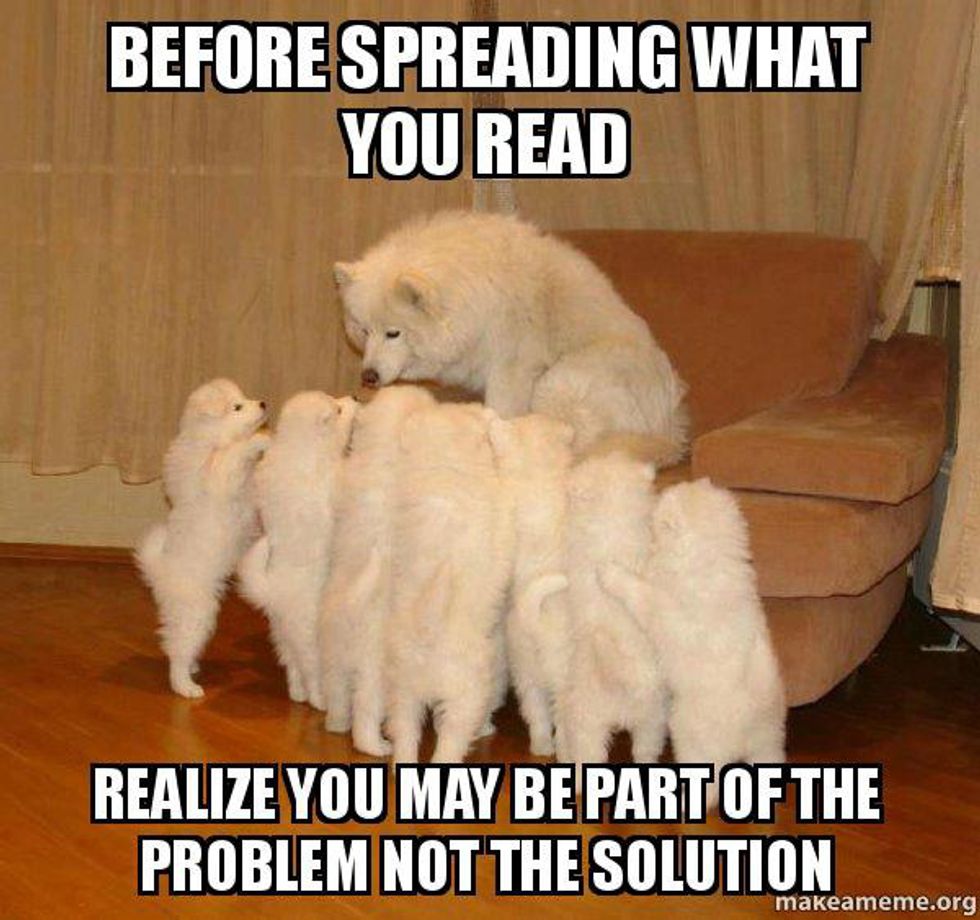Is it nobler to support a no-kill animal shelter or a high-kill one? If you pose this question to a group of people, the most likely answer would be in favor of the no-kill organization. However, the answer really is not that simple and should not be made lightly. After working and volunteering in the animal welfare industry, I have realized that the term no-kill is quite frankly a marketing ploy to get more support in the form of volunteers, monetary donations and increased adoptions. Like all good marketing campaigns, the no-kill shelters are reaping benefits by being branded no-kill. The marketing is working and the good work they are doing is being highlighted, which is fantastic for the animals lucky enough to be in their care! What people fail to realize or consider is why these organizations are able to be labeled no-kill and why others are not. I certainly had not given this much thought before I got involved with the industry, so I would like to share what I have discovered so the answer to the above question may be given more consideration.
Many no-kill rescues are often breed specific and get their animals from over-crowded municipal shelters that are in charge of animal control. Here is the catch, though: these �no-kill organizations get to choose what animals they take into their care. As they walk through aisle after aisle of dogs or browse listing after listing online, they pick the ones that have the highest probability of being adopted. This means the cute puppies and the purebred beauties are the first to be selected, and then if room allows, they will pick the healthy, younger mixed breed dogs. If you do the math at this point, what does that leave in the over-crowded shelters? The old, the sick, the injured and the less desirable breeds. This is part of the equation that results in shelters being labeled high-kill.
Municipal shelters do not have the luxury of turning away animals when they are brought in by their animal control officers, when a Good Samaritan brings in a lost pet or when an owner no longer wants their pet. This means that they are open-access facilities, which is what sets them apart from the other organizations that can be selective with their pet population.
Based on this distinction, it is not fair to cast judgement and base support solely on no-kill status. Perhaps other factors should be considered such as customer service, operating policies and the programs being offered to the community like humane education, pet behavior training and low-cost medical services. Just because a shelter has an over-crowded facility and has the unfortunate task of euthanizing does not make it less worthy of support and more deserving of criticism. In fact, many of these shelters are working towards becoming low-kill shelters that only have to euthanize for medical or behavioral problems rather than for space. There simply is no way for municipal shelters charged with animal control duties to ever reach zero euthanasia because sick and injured animals will always come through their doors. They can, however, be part of the no-kill movement, which aims to find homes for all healthy and treatable animals, so only very sick or injured animals are euthanized due to their quality of life. In order to do this, they need support to create a healthy equation like this one:
By not volunteering, donating or adopting from the shelters tasked with the difficult job of euthanizing only further exacerbates the problem. All rescues, shelters and humane societies play pivotal roles in the animal welfare industry and need support, but please take the time to educate yourself before making any decisions. There are certainly organizations that are doing a better job than others, but the big picture needs to be considered and not just the live-release rates. If your resources allow, be part of the solution and help shelters so that they can join the no-kill movement to find homes for all healthy adoptable animals. The true victims are the lost and abandoned animals regardless of the type of facility they find themselves in, so please think twice before passing negative judgement based only on the term high-kill. Be part of the solution and do not add to the problem.



















